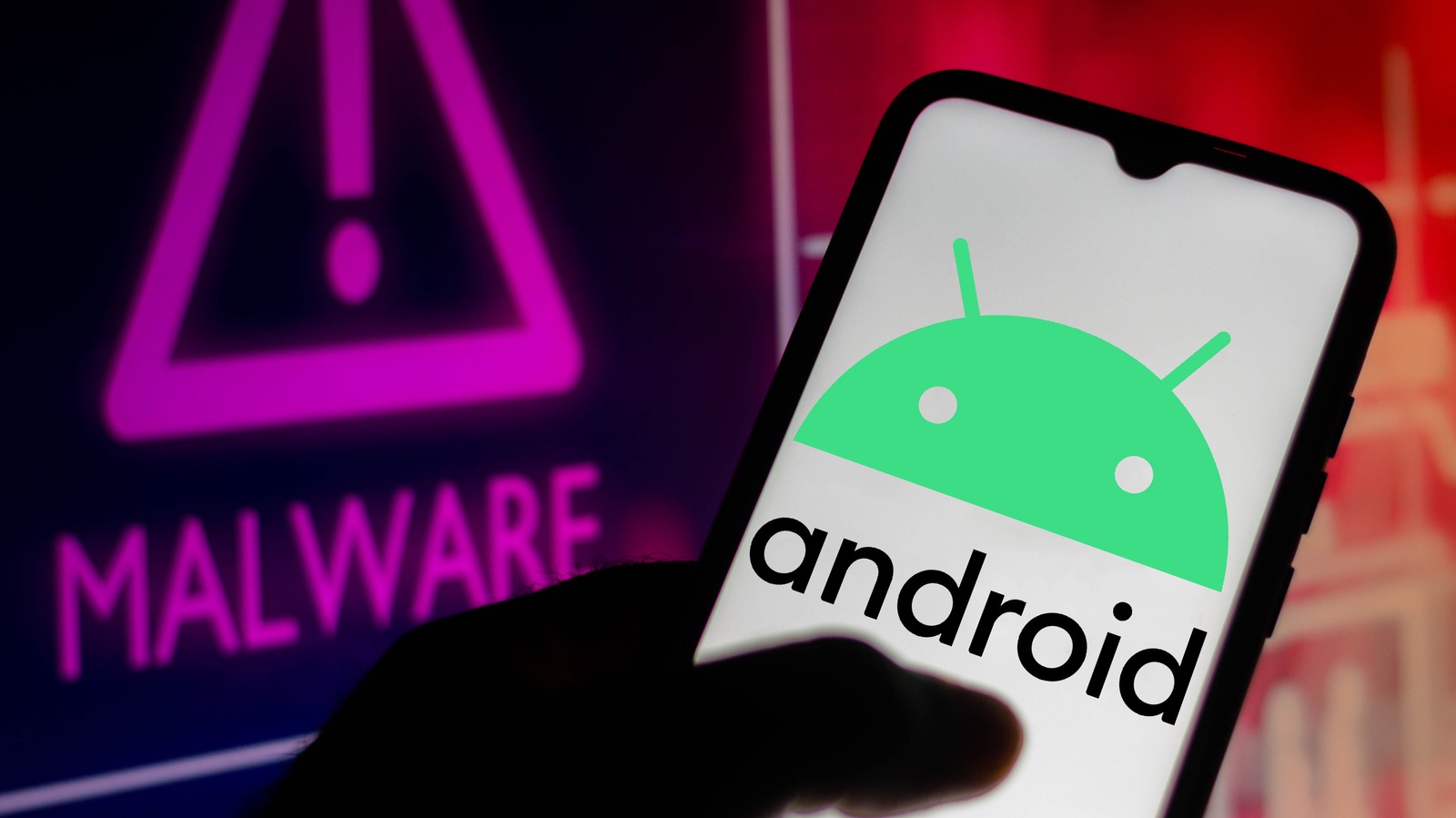Here Are 3 Android Security Tips To Protect Your Data
Updating your Android operating system is an incredibly vital yet often overlooked security measure, as security patches often accompany Android updates. Software developers constantly battle with hackers trying to exploit security gaps in a device. Once an exploit is made known to the software developers, it is often patched in an update soon after. This is why it is crucial to keep your device up to date.
These updates are not just reactionary either. Security updates can bring data protection and preventative security features. You should make it a habit to check if you have a security patch available at least once a month, as sometimes it won’t initiate automatically. To Install the newest security updates for your Android device, follow these instructions:
- Open your Settings app.
- Scroll down and tap Security and Privacy.
- Select System and Updates under the Settings tab.
- Tap Security Update to open a popup informing you of what version you are running.
- Tap the Check for Update button at the bottom right-hand side of the display.
- If an update is available, select Install.
The security update option on select Samsung devices can be found on the Security Updates page under Biometrics and Security in the Settings menu. You may be out of luck with an older Android device, as security updates will cease after some time. For example, Google offers seven years of OS updates on its Pixel 8 line, while most manufacturers offer two to four years of security updates. It may be time to upgrade if you have a phone that no longer receives updates.



